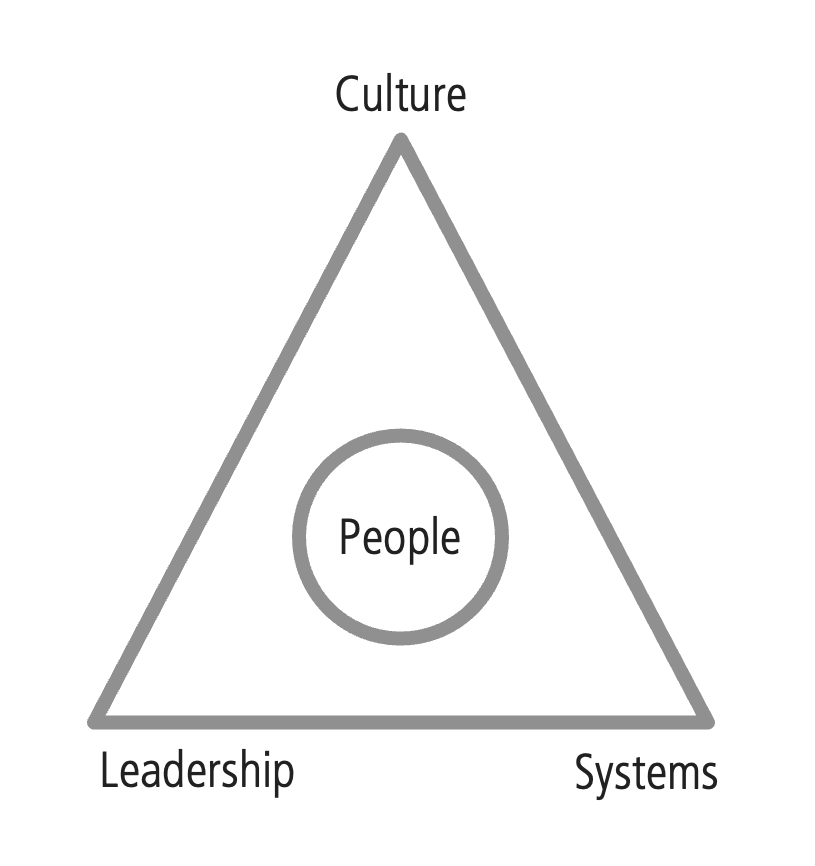The purpose of an operating system is to enable people to get work done and perform at their peak. As such, it ensures the seamless operation at scale throughout an organization. A superior operating system makes every organization unique to count as a competitive advantage.
Organizational twins make operating system visible with the performance triangle model (People, organization and work), the leadership scorecard (Management), and the leadership toolbox (Rules, routines and tools).
Innovations make operating systems unique. The organization twin toolkit and expert system uses artificial intelligence to support the design and the development of the operating system.
Operating systems in the digital economy enable speed without losing control, agility with a stable platform, resilience and renewal, people-centric and traditional management, transformation and natural resistance.

Fast
In control

Agile
Stable platform

Resilient
Renewal

People-centric
Traditional

Transformative
Resistant
We have extensively documented organizational operating systems: The Performance Triangle explains the people, organization, work and management parts of the operating system. People-centric Management presents the leadership scorecard and toolbox elements. The Transition of Organizations suggests the transitions strategies to build the operating system.